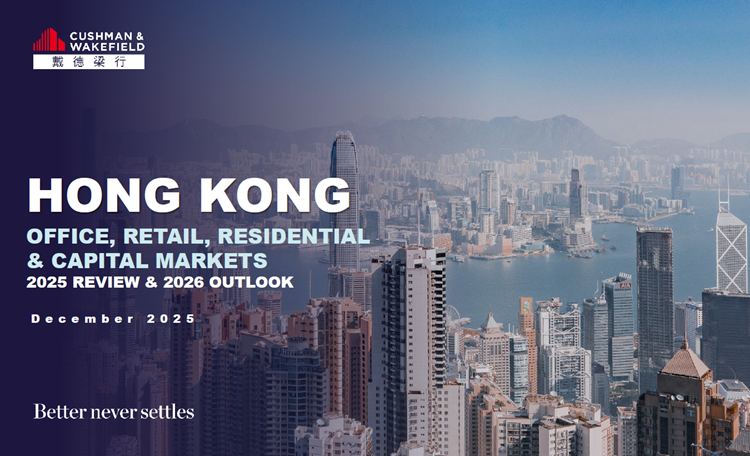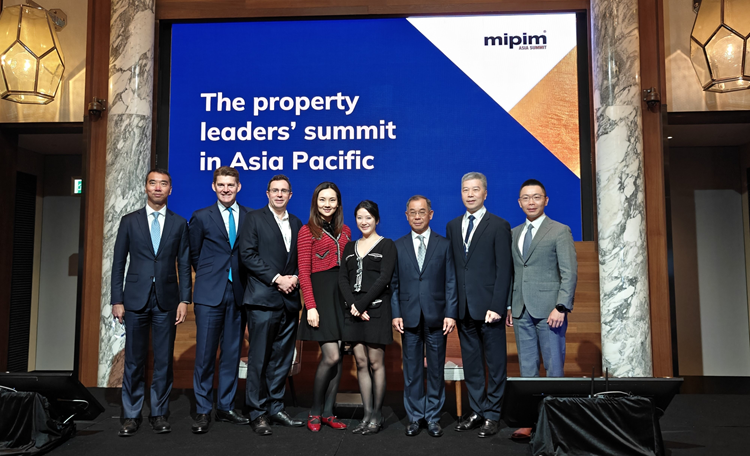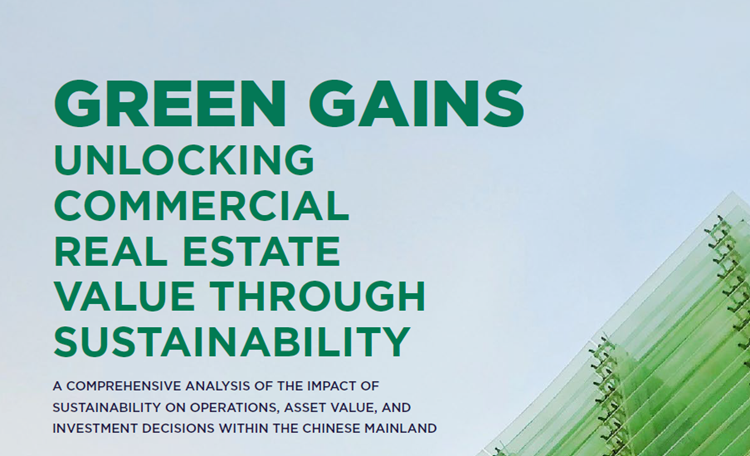Beijing Placed in Top 10 in Global Overall Ranking
Global data center markets are seeing surging demand due to relentless growth and expansion of cloud computing and AI workloads according to the latest report by Cushman & Wakefield. The report, which analyzes 97 global markets, highlights how power access, land acquisition, and infrastructure have emerged as critical variables shaping where and how data center facilities are being built.
John McWilliams, Head of Data Center Insights, Cushman & Wakefield, said, “We expect total capacity to continue its incredible growth trajectory across all global regions, with each expected to at least double based on the current development pipelines. The industry experienced rapid expansion throughout the past year, a trend we expect to continue into 2025 and 2026. Artificial intelligence (AI) and machine learning (ML), which gained prominence in 2022, are key drivers of this demand now and into the future.”
Global Key Trends
- Land Demand and Suburban Shift: Larger site acquisitions for phased campus developments are becoming the norm, pushing data center projects away from urban cores and into suburban and rural areas. Virginia, Phoenix, and Sydney rank among the top markets for land availability, as developers prioritize locations that support scalability and power integration.
- Record Pipeline Growth: The Americas lead in planned data center capacity, with Virginia boasting a staggering 15.4GW in its development pipeline. Land values remain a top consideration in mature markets, driving greater attention to more cost-effective emerging locations like Johor and Pennsylvania
- Powered Land Becomes Gold Standard: Land with pre-secured utility commitments is in high demand, with developers and even non-traditional buyers like electric vehicle and chip manufacturers competing for sites. These parcels offer a guaranteed path to power amid rising power constraints and long utility lead times.
- Investment Surges Across Real Estate Spectrum: The sector continues to attract significant institutional investment, with a sharp rise in joint ventures, mergers, and acquisition activity across colocation, hyperscale, and infrastructure outfits. Recently capitalized firms are increasingly targeting both established and emerging markets, fueling rapid pipeline growth and positioning data centers as one of the fastest-growing real estate asset classes globally.
- Land Pricing and Competition Intensify: While the Americas enjoy lower land costs overall, increased competition in top-tier markets has driven pricing upward. Midwestern U.S. markets like Indianapolis and Iowa remain among the most affordable, attracting spillover demand from more expensive neighbors.
Asia Pacific Perspective
Pritesh Swamy, Head of Research & Insights, Data Centre Group, Asia Pacific, Cushman & Wakefield, noted that Asia Pacific cities continue to demonstrate strong growth momentum, despite challenges related to power availability and land constraints in key locations. “According to the 2025 edition of the GDCMC report, ten of the world’s 30 largest data center markets are now in the Asia Pacific region. This growth is reflected across several sub-category rankings, with cities like Johor and Singapore ranking among the lowest in vacancy rates, Mumbai leading in under-construction pipeline, and Beijing, Shanghai and Tokyo placing in the top 10 by market size globally.”
Key Asia Pacific Rankings
Beijing, China is the only market to interrupt US dominance in the overall rankings, placing 8th behind established and emerging US markets Virgina, Phoenix, Dallas, Atlanta, Oregon, Columbus, and Austin/San Antonio.
Beijing also placed second behind Virginia for Operational Market Size (MW); Shanghai and Tokyo placed 7th and 10th respectively. London (9th) was the only other non-US market in the Top 10.
Mumbai’s Under Construction development pipeline ranks 6th globally, demonstrating the city’s rapidly growing status as a data center hub.
Asia Pacific markets also performed strongly against global peers across demand indicators:
- Johor, Singapore, Batam and Tokyo placed 5th, 7th, 9th and 10th respectively in the Pre-Leased Rate for Planned Developments category.
- Beijing, Shanghai and Tokyo ranked 2nd, 4th and 7th respectively in the Absorption Rate category.
- Johor (8th) and Singapore (10th) appeared in the lowest Vacancy category.
- Tokyo, Shanghai, Seoul and Bangkok all ranked within the top 10 in the General and Cloud Operator Presence category.
From a resourcing perspective:
- Johor and Brisbane ranked first and second in the Land Availability category; Sydney and Kuala Lumpur also placed in the Top 10 (6th and 7th respectively).
- Singapore ranked first globally for Fibre Connectivity, with Hong Kong (3rd), Beijing (4th), Shanghai (7th) and Bangkok (10th) also among the Top 10.
- Auckland was the only market in Asia Pacific to place for Renewable Power availability.
Among extraneous factors, Hong Kong and Taipei placed in the Top 10 for their low Sales Tax/VAT environments in the Tax category and five of the Top 10 places for Political Stability went to Singapore, New Zealand, Japan and Australia.
Chinese Mainland Perspective
The data center industry on the Chinese mainland is in a critical period of rapid development and technological transformation:
- With the deepening digital transformation, the scale of data centers on the Chinese mainland continues to expand, evolving from thousand-cabinet-level buildings to ten-thousand-cabinet-level campuses. This trend toward large-scale development is reflected not only in physical space but also in the enhancement of computing power, storage capacity, and network bandwidth. As the "East Data West Computing" project progresses, central and western regions are becoming new hotspots for data center construction, promoting coordinated regional development.
- Third-party data center service providers have surpassed traditional telecom operators in market share for the first time, dominating the industry through customized service capabilities and differentiated competitive strategies, particularly with rapidly increasing penetration rates in second- and third-tier cities.
- As data centers grow in scale, energy consumption challenges have become increasingly prominent, making green and low-carbon development a key direction. At the national level, policies strongly advocate green and low-carbon initiatives, with multiple supportive measures introduced. Energy-saving technologies such as liquid cooling, modularization, and intelligent operations and maintenance are being widely adopted.
- Finally, the application of AI in data centers is expanding, particularly in operations and maintenance management, improving efficiency and reducing costs.
Shaun Brodie, Head of Research Content, Greater China, Cushman & Wakefield, noted, “In 2024, the data center market on the Chinese mainland has exhibited three defining characteristics — structural reshaping, scale expansion, technological progression. The core driving forces include the demand for AI computing power, green and low-carbon policies, and the rise of third-party service providers.”
About Cushman & Wakefield
Cushman & Wakefield (NYSE: CWK) is a leading global commercial real estate services firm for property owners and occupiers with approximately 52,000 employees in nearly 400 offices and 60 countries. In Greater China, a network of 23 offices serves local markets across the region. In 2024, the firm reported revenue of $9.4 billion across its core services of Valuation, Consulting, Project & Development Services, Capital Markets, Project & Occupier Services, Industrial & Logistics, Retail, and others. Built around the belief that Better never settles, the firm receives numerous industry and business accolades for its award-winning culture. For additional information, visit
www.cushmanwakefield.com.




